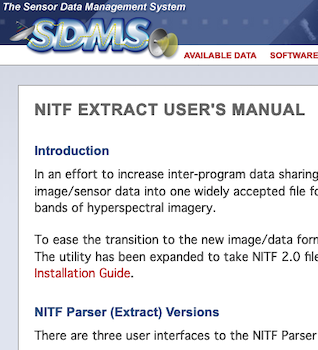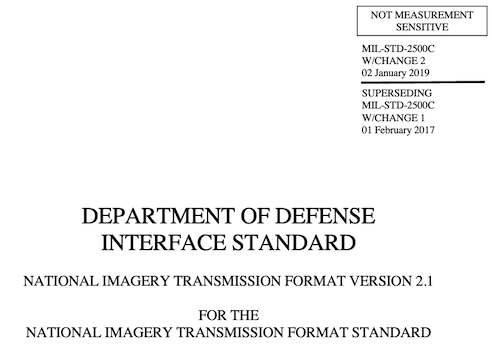Ninjadiff - open source binary hashing
A year ago, we released a series of blog posts documenting our research into the world of binary hashing. While we speculated about the efficacy of this technique for binary diffing, our primary goal was to recognize similar code between binaries for the purpose of porting annotations from one analyzed binary to another and many of our design choices reflected this end-goal. Luckily, we’ve been given the opportunity to explore how these hashing techniques could be applied to the world of “bindiffing” through DARPA’s Assured Micropatching (AMP) 1 program.
As part of this ongoing research, we have developed NinjaDiff - an open source binary diffing plugin for BinaryNinja. Throughout this blog post, we will be discussing the underlying algorithms and technical design choices made while designing this tool.










